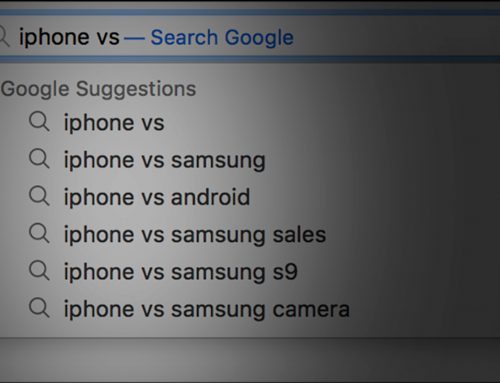Product Marketing of technology shouldn’t be about technology
I’ve spent many years now analysing how technology companies big and small attempt to make a name for themselves and take their product to market. I’ve seen it from many angles, I worked for large enterprise software companies around the world and also worked the due diligence of many mergers and acquisitions of such products. Bringing tech products to market is a continual interest to me and that’s why I continue to love helping companies with product transformation, content production and strategic analysis.
One of the main things I’ve observed is that technology products are successful when the technology behind them is not the key focus. The focus needs to be primarily on what’s in it for the customer, in other words, what problem is the product solving.
It’s easy to make the differentiation. Let me give you a tech example.
In a tech buying world, it is very unusual for the buying process to start with someone wanting to buy “SAML authentication” for example, but they have wanted to buy a product that is “A solution that allows a user to use one password to sign into everything they have rights to”
Products start as technologies by technical people
When a product is created by a start-up or indeed by a larger software company, it is created around a key technology or “feature”. That feature gets stuck in the minds of not only the technical people that are creating it, but everyone within that company. It should be the Product Marketing group’s priority to ignore the internal gravity of how great XYZ feature is, and think of it from the other side, the side of the customer who needs to be convinced to hand over the dollars.
Product Marketers need to balance a fine line of respecting the technology, the feature and the dedication that the R&D team have to its invention and then nuance this with some customer reality.
Technical people have a hard time understanding that many buyers do not care about how cool the technology is
It’s very natural for technologists to think in the latest and greatest technologies (I should know, I’m a computer engineer by qualification), and getting out of being dazzled by what’s under the covers is key for a successful technologist to realise. The bottom line is that the buyers of technology aren’t at the level of “tech interest” of the product’s creator. In fact, many don’t even care about what’s under the covers, they just want a solution.
For large enterprise buyers, there are always different buying groups within an organisation. You will have the money people from finance, the executives at a high level, and then the more technically focussed architects and IT folk that will deal with the day to day. All of these groups need to be sold to, but the initial conversation rarely starts with the technology.
Customers care about what it will do for them
In the world of the buyer, where budgets are tight, and results are important, solutions sell products not technologies. A very healthy question to ask when reviewing go to market content for a product is “So what? Why does the customer care?”. Ask this when you are reviewing presentations, keynotes and product demonstrations. It’s common for the product teams to get so caught up with talking about and demonstrating a technology, that the product is never put into the context of a customer.
Contextual product demonstrations that show a product in its customer focussed state is something I work on all the time. I love creating a story that gels with the buyer and makes sense to them in a solution form that will give positive business results and value to them.
Slow industry progress
It’s interesting that the notion of solutions being a first-class citizen is still being learned. Just take a look at the majority of technology product websites out there. They typically lead with product pages detailing specific features that make up a product, then as a tab or menu on the website – solutions, verticals and partners are then shown.
It’s the wrong way around – solutions are being treated as second class to product features!
Technology and feature information is still critical
Now, please don’t misinterpret what I’m saying in this article – data sheets and feature specifications will not go away and shouldn’t for that matter. There is still a very important buying group as part of all deals which are the technical buyers, and they do care about what’s under the covers. These are the folks that you want to get your R&D teams involved with, that love talking about design decisions, APIs, protocols and the latest in encryption.
It’s a cycle that’s hard to avoid and takes discipline
Let’s say that you have done a great job at bringing a great new product to market, you have done all the right things leading with the problems that your product solves, and the product sells well. What normally happens then? Product Management and R&D move onto v2, and what is v2? It’s v1, but with some added features!
What you will naturally do is default to concentrating on talking, writing about and demonstrating those features!
The key is to keep focus and keep thinking – what does my product solve for the customer. Keep that in mind as your top priority when developing product desire and you are heading for success.
